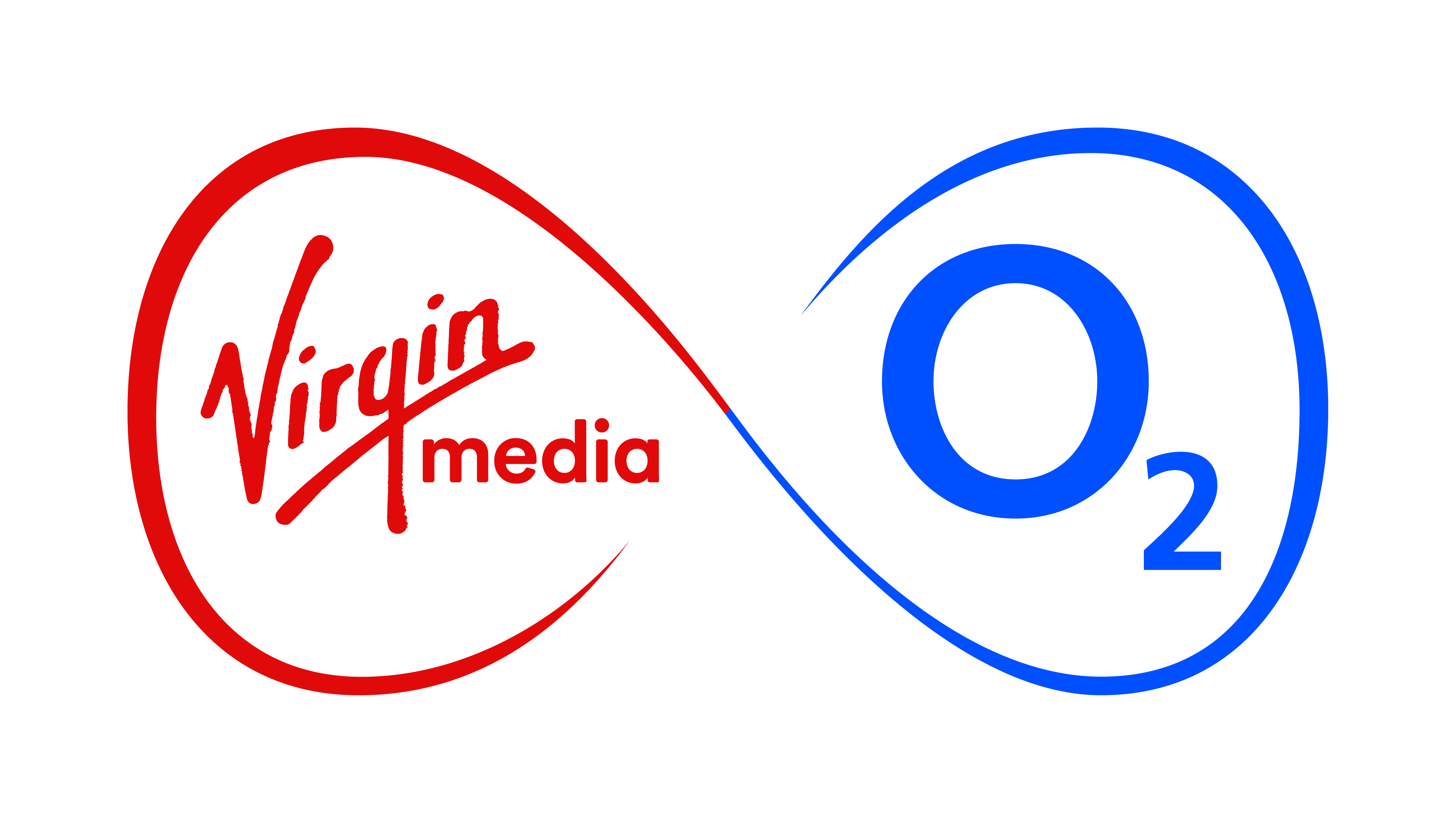- Futurologist Dr Ian Pearson and O2 explore how the human body of 2049 could look – from sensors embedded in the skin to augmented reality (AR) visors
- O2 imagines the future, creating the first-ever wearable tech nails that double up as a phone
- Final chapter of O2’s Future of Mobile Life Report reveals how changes to the human body will change the way we interact in society
Advances in embeddable and wearable technology have the potential for the human body to replace smartphones by 2049, according to a new study by expert Futurologist Dr Ian Pearson and O2.
The findings, released today from O2’s Future of Mobile Life Report, reveal how mobile technology in and on the human body will shape the way we interact with each other in the decades to come.
Expert futurologist Dr Pearson predicts that a mixture of embedded sensors – tiny capsules inside the skin close to nerve endings – and wearable technology – such as visors or contact lenses – will completely change interactions between friends, colleagues and even businesses.
But how does the nation feel about this future? Our feelings about the impact technology will have on our lives is mixed, as although two-thirds (66%) believe advances in technology will make life easier, just over a quarter (26%) are excited about these changes.

Surprisingly, 56% of the population are looking forward to augmenting and adapting their bodies, revealing that they would be happy to consider implants for practical purposes such as monitoring health (41%) and unlocking doors (23%) rather than for sharing of feelings (10%).
To bring this future to life, O2 has collaborated with inventor Sean Miles and beauty brand Nails Inc to create the first-ever mobile nails; beautifully designed false nails and accompanying jewellery that have technology embedded within, creating a removable “handset” that you can talk into by raising your finger to your face.
Dr Pearson’s predictions for the future:
Augmented Reality (AR) will completely change public interactions
Smart glasses and visors are becoming more common today, but in the next thirty years these forms of wearable technology are only set to grow. By 2049 it’s likely that everyone will wear AR visors on an almost permanent basis, which will completely change the way we interact with the world around us.
Simple activities like walking down the street will be transformed as AR overlays on our visors of the future will share common interests between passers-by, showing information such as their favourite TV show or their top music choice.
Distance will no longer be an issue
By 2049 virtual reality (VR) meet-ups will be commonplace, with additional developments in technology creating the feeling of being in the same room without physically moving.
Tiny sensors inside the skin and close to nerve endings will allow us to feel physical interactions with one another. From a hand-shake to a hug, these developments will create the sensation of physical closeness, reducing the gap that we currently feel when interacting over the phone or computer.
From swiping left to a smile on passing
Artificial intelligence (AI) will also help those awkward moments on first dates by analysing trillions of reactions. The results will then be fed through an earpiece or AR visors, so you know almost exactly how your date is feeling and if they like you – meaning no more playing it hard to get!
Health and fitness on demand
There has been a growing demand in health trackers in recent years, and this appetite is only set to increase. By 2049 sensors below the skin will monitor our health and fitness – telling us when to exercise and the best activities to achieve the best results. But not just that, it will also notify medical professionals if our health is at risk and even call 999 immediately in an emergency.
Despite the nation’s reservations about these developments, Dr Pearson is confident about the future, saying: “Technological developments will improve the day-to-day experiences of humans, heightening our feelings of connection with one another and allowing us to share more and more of our experiences, both on a one-to-one basis and more widely as communities and between brands and customers. It will simply be possible to get much closer.”
Nina Bibby, CMO at O2 UK said: “The way our customers interact with one another will change drastically in the next thirty years and as a brand we want to adapt to this. We are always looking ahead to the next developments in mobile and to be able to bridge the gap between fashion and tech is a really exciting challenge. People have been customising mobile phones for years but this is the next step towards tech becoming part of how we decorate our bodies.”
press enquiries
press enquiries
